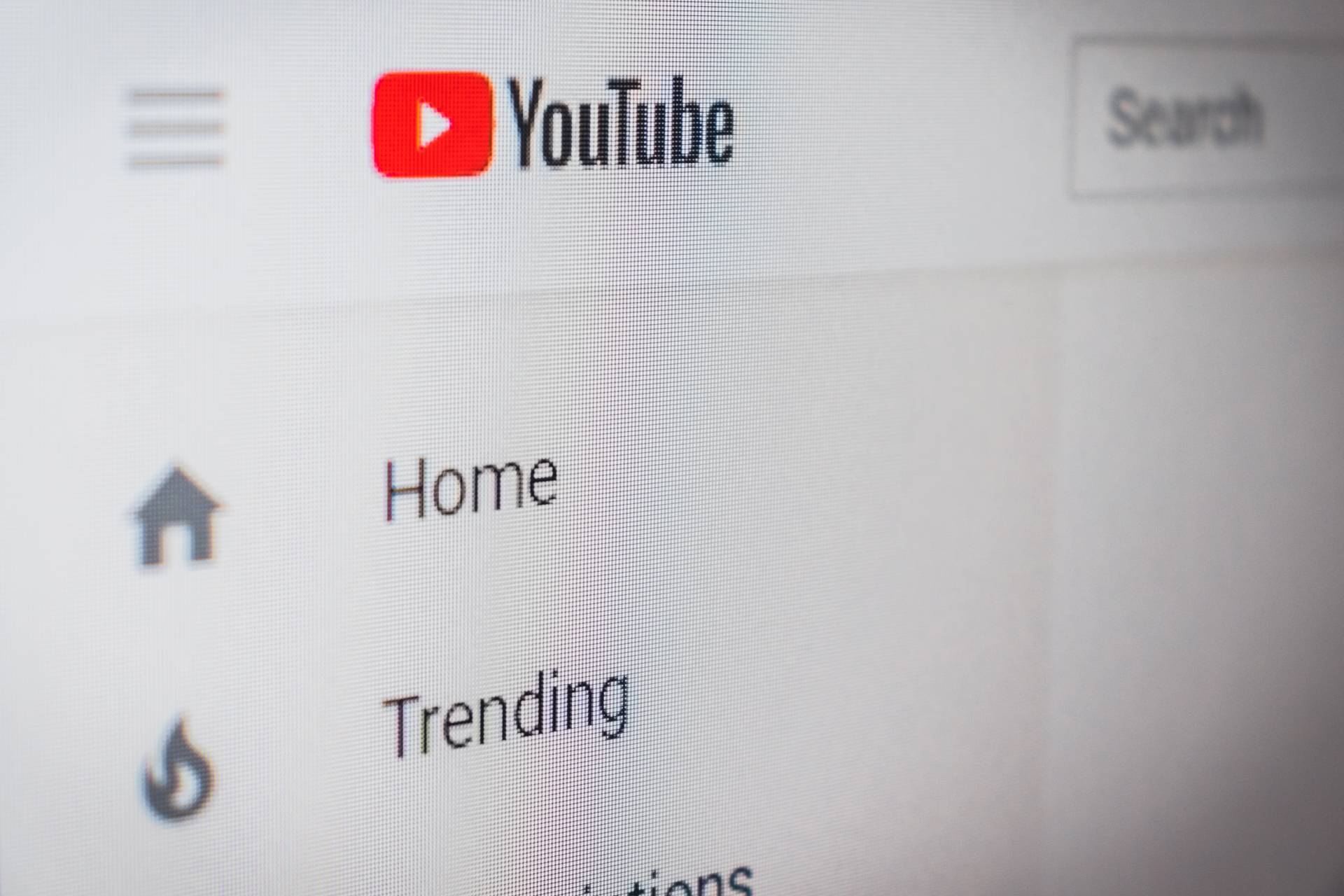Creating good content that sticks in your readers’ minds as informative and helpful is not easy. Even if you write the single biggest, baddest post on any given topic, without a good marketing strategy, you will still struggle to gain any kind of traction with it.
This is why choosing the appropriate distribution channels is equally as important as the actual creation process. A common misconception about content distribution is that your content needs to be featured on as many media outlets as possible.
While it's easy to see where this idea came from (more places to publish = getting your content in front of more eyes), it isn't the best approach.
Instead, let’s take a look at a more thoroughly planned way to distribute content. It involves three steps:
But before jumping into the first step, let’s discuss the types of distribution channels and their benefits.
There are three types of distribution channels. While all of them serve a single purpose -- getting your content in front of people -- each channel has very distinct advantages for certain situations. The easiest (and arguably, the most important) channel to use is owned media.
This is every resource you run and manage yourself: your blog, social group, YouTube channel, etc. You have complete control over your media channels, which makes them the easiest to manage. Easy access for edits, your own publication schedule, and complete independence from other people and circumstances are the big pros of owned media.
Its downside is the fact that unless you have already built up a large audience, even the best article in the world will not generate much buzz if published exclusively on your blog.
Your owned media channels are also going to be the ones that require the most attention from you since your brand looks only as good as you present it. Any mentions of you on earned or paid media channels will likely link to your owned media posts too, so it is extremely important to give users a reason to stay after they follow that link.
Even if you roll out tons of paid advertisements and publish hundreds of articles on other domains, what good will they do if there’s no good content to hang around for on your own site?
Paid media is the easiest way to promote your content since all you need is to pay for it. Much like owned media, you have complete control over how your content is presented, and where.
Paid advertisements, PPC, and influencer sponsorships are all considered paid media. Besides the obvious disadvantage of paying for exposure, there is also the factor that people generally don’t like advertisements. They are much more likely to listen to personal recommendations than an ad.
To get the most out of paid media, be very selective about where you place your ads and the intended audience.
Earned media is all of your mentions on other people’s blogs, links, customer reviews, social reposts, and recommendations that don’t involve any kind of monetary transactions. This channel is the hardest to push your content through, but it can make a huge difference for your brand recognition and traffic.

Besides being a difficult channel to conquer, earned media also has another considerable downside: all of your content and activities on these channels are controlled by the channels’ owners. This means the page with your content can be moved, deleted, or edited without your approval. The site could also cease to exist completely.
All content distribution channels work together to help you achieve the same goal: gain exposure. And one cannot effectively exist without the other two. Advertisements won’t do much good unless you give users a good reason to stay on your site after they click on it.
Likewise, getting the attention of earned media channels will be difficult without strong content worth linking to and showing an audience.
So, your primary content distribution channel is going to be your owned media. Once you’ve developed your blog, YouTube channel, or social group, expand to other channels.
Since you will be using all three distribution channels, the challenge is choosing the right media outlets, blogs, and platforms.
When choosing them for your strategy, here are the points that you need to keep in mind:
Optimize every single piece of content for search engines, even if it’s meant for a different channel than your own.
To make the most of your content, you can also reformat it and publish it on a different channel. For example, if you have a huge guide, on, say, link building, you can turn it into a whole series of YouTube videos for your users to digest the information more easily.

Or, you could break it up into smaller sections and pitch them as guest posts to relevant websites. Alternatively, if you have a series of posts on a similar topic, you could turn them into a single, complete guide that covers the topic from start to finish. You could even build a landing page based around the topics you write about the most.
If you have articles with time-sensitive information, update them with relevant data as time goes on and re-publish.
This will help gain the attention of users that missed the article when it came out and reach audiences that prefer other channels.
A healthy content marketing strategy makes use of all three types of distribution channels: owned, earned, and paid. All of them work together and one cannot make enough of an impact without the other two. So, in order to get the most out of your content marketing strategy, analyze your market to identify perfect opportunities to use all three.
Focus on your own resources first, and then expand to other blogs, purchase ads, and reach audiences from other channels. Don’t forget about search engine optimization, and be sure to update your old articles. You can re-publish them and re-purpose content into different formats!